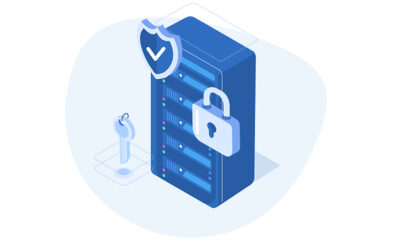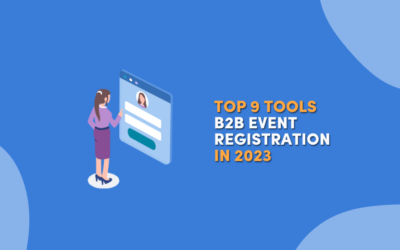Organised and structured matchmaking at B2B events has arrived in a big way in the event industry. Nowadays, exhibitors, sponsors, and participants in business events expect that their networking success will not be left to chance.
They want quantifiable results so that they can justify their participation and evaluate the event’s level of success for them personally. A dedicated matchmaking platform that facilitates software-based networking and appointments will help them.
But: Market demand has led some event organisers to jump the gun and hastily rush into integrating matchmaking features into existing software. This has led to “half-baked” matchmaking solutions, accompanied effectively by the slogan: “Dear participants, here is our cool new app for arranging appointments – make something of it!”.
However, this does harbour a number of pitfalls, which we as a company have unfortunately encountered time and again in the almost 20 years we have been in business as a specialised provider of matchmaking solutions.
In order for matchmaking platforms to be successful at B2B events, you as the organiser should steer clear of these 3 mistakes.
Mistake 1: Not identifying free-riders
If matchmaking and networking are not wholly and completely integrated into the event management process, this may lead to risks for organisers. Without a testing routine, the same issue (unfortunately) continues to come up – potential exhibitors gain access to the event via the matchmaking platform, thus avoiding the need to mark their presence with a trade fair stand.
It goes without saying that this is not beneficial to an event organiser. In this way, the organiser cannibalises their own business model.
Registration and matchmaking for the event should ideally be handled using one tool – as is the case with the Converve platform. This way, free-riders can be easily identified and filtered out.
This might even result in new business models, such as the possibility to access the networking opportunities without a trade fair stand – but at a fee for a certain number of arranged customer meetings.
This is the case at the ABM events that take place in Canada, for example. Here, exhibitors “buy” a certain number of guaranteed one-to-one meetings, which are agreed upon in advance. Those who want more meetings will pay a premium.
Mistake 2: No differentiation according to participant type
It is an incredibly diverse target group that participates in a business event.
Let’s take a trade fair: First of all, there will be exhibitors and sponsors. In turn, on the exhibitor’s side, you will find sales staff and maybe even developers at their trade fair stand. It is becoming more common to also see recruiters at a stand, looking to hire new blood for the company.
Next up are the purchasers who attend the fair as visitors. In turn, there may be other developers who want to inform themselves as visitors about trends in upstream industrial levels, such as automotive developers at a trade show for the supply industry. Then there are bloggers, investors, job seekers, the press – maybe even a B2C crowd on selected days. In the accompanying professional programme, industry experts will make an appearance as speakers.
It quickly becomes clear that all of these target groups have very different needs when it comes to matchmaking:
- Developers are looking for particular skills and technological know-how.
- Purchasers are looking specifically for solutions to their procurement challenges.
- Speakers may want to make only very limited contact with the audience attending their presentation.
- A B2C crowd may attend just to experience the event.
In addition, there are various levels of hierarchy and decision-making that need to be taken into consideration. Should trainees really be able to meet with executives at an event? How do you deal with VIP purchasers or lead buyers?
Organisers must be able to define different types of participants and use a meeting matrix to determine who is allowed to make appointments with whom. We call this “curated networking”. This is the only way to avoid frustration and maximise the added value for participants.
Who can meet whom? A question organizers should keep an eye on
Mistake 3: A lack of tension in communication
In addition to the question of who can contact whom, attention should be paid to the timing, i.e. when they should come into contact with each other. It takes a well-thought-out script, in which the arc of tension for each type of participant must be just right.
The different types of participants do not all engage with an event at the same time. Exhibitors will (hopefully!) begin their invitation management process sooner. Trade visitors will decide relatively late on what their programme will look like at the trade fair.
The organisers themselves can use controlled email campaigns to activate the participants and bring them back to the platform again and again. Automated messages can also be useful, with notifications such as “you have a new contact request – go to your profile now to accept or reject it”. This way, the tone can be set well before the event and the participant experience can be improved.
The concept of gamification can also bring added value, think of awards for the best networkers at an event. We have examined a number of ideas relating to gamification here.
Conclusion
In order to avoid glitches or lack of acceptance when it comes to software-based matchmaking, a good concept is needed. This concept has to answer the questions of how organisers deal with free-riders, what privileges each individual participant type should receive, and the arc which communication should follow.
With our experience with matchmaking platforms, we would be happy to advise you on how to efficiently organise networking at your event. You can get in touch with Converve here.



